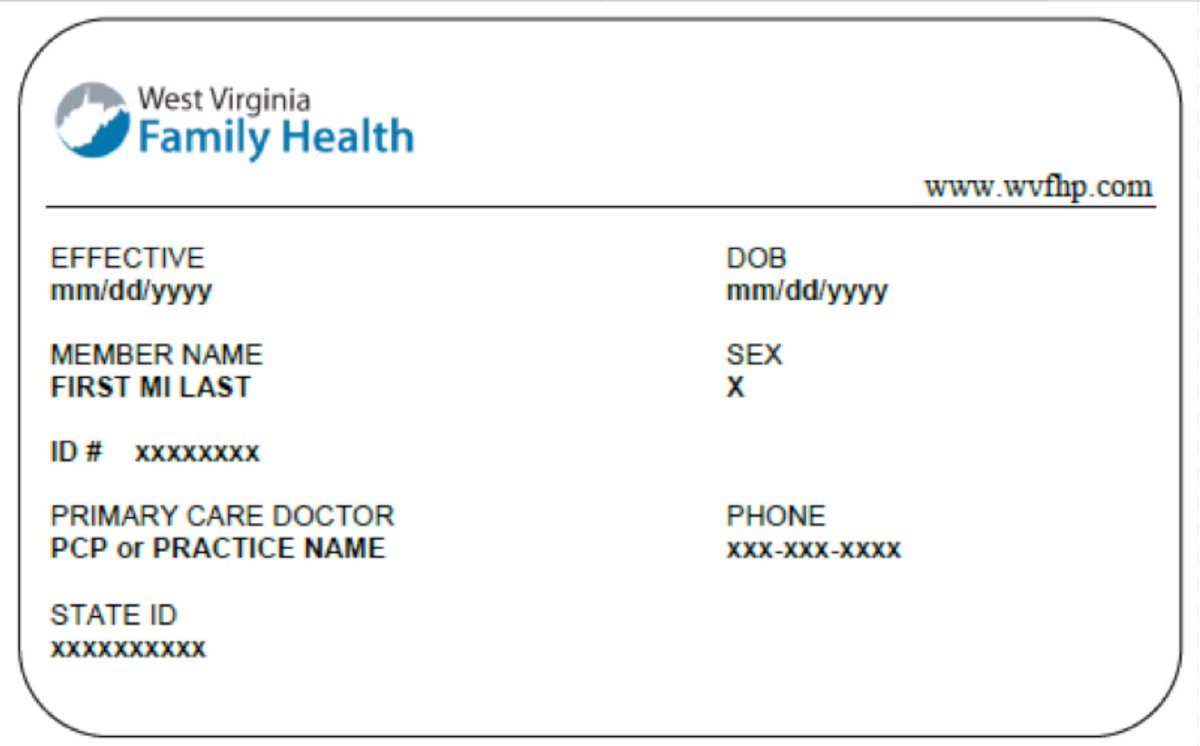In case you haven't heard enough about the mendacity of Missouri attorney general and Senate candidate Josh Hawley...I have a somewhat different take up on healthinsurance.org.
Hawley recently cut an ad promising that he will protect access to health insurance for pre-existing conditions - citing his own young son who has a rare chronic condition. Thing is, as Missouri AG he's party to the suit seeking to strike down the ACA -- either in its entirety, as the plaintiffs have asked, or merely its pre-ex protections, as the Trump administration has asked. That set off a lot of observers' hypocrisy beepers.
At HIO, I suggest, for the sake of argument, taking Hawley at his word. What if Republicans retain control of Congress and do preserve the ACA's guaranteed issue, modified community rating, and EHBs? It's possible.... the first version of the House repeal bill, the American Health Care Act, did just that. It also would have un-insured 24 million Americans, per CBO estimate -- mainly by gutting Medicaid and the ACA's income-sensitive subsidy structure.
So that's a spoiler, but please take a look anyway.
Hawley recently cut an ad promising that he will protect access to health insurance for pre-existing conditions - citing his own young son who has a rare chronic condition. Thing is, as Missouri AG he's party to the suit seeking to strike down the ACA -- either in its entirety, as the plaintiffs have asked, or merely its pre-ex protections, as the Trump administration has asked. That set off a lot of observers' hypocrisy beepers.
At HIO, I suggest, for the sake of argument, taking Hawley at his word. What if Republicans retain control of Congress and do preserve the ACA's guaranteed issue, modified community rating, and EHBs? It's possible.... the first version of the House repeal bill, the American Health Care Act, did just that. It also would have un-insured 24 million Americans, per CBO estimate -- mainly by gutting Medicaid and the ACA's income-sensitive subsidy structure.
So that's a spoiler, but please take a look anyway.
